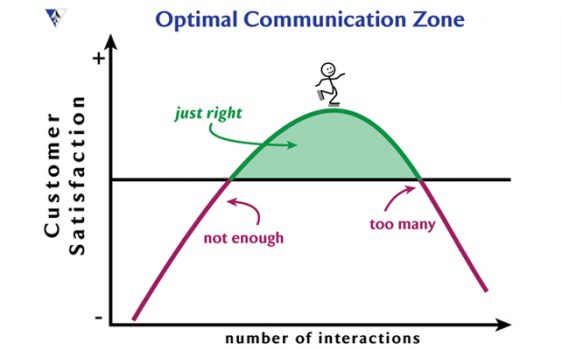All technical writers face a common challenge: Gaining access to and working with subject matter experts (SMEs).
Getting and keeping an open communications channel with SMEs is a difficult problem to overcome. In some cases, failure to get this right results in failed projects. This post describes a few of the related challenges, and offers some tips for overcoming them.
Contributing Factors
In our world, the key SME is often the best programmer on the team, or the lead software architect, or the lead product manager. Whoever is leading the effort to bring a breakthrough software technology into the marketplace is often the person we need to work with. In some cases (not as rare as you might guess), this person is the only one who understands the new technology.
As a result, SMEs are incredibly busy. If they’re programmers, they’re often coding much of the software themselves and leading a team of engineers who are busy trying to keep up and write the rest. Beyond just programming, the lead developer needs to answer questions and collaborate with the team to solve problems, coach colleagues, fix the nastiest bugs, implement new features, and more. These folks work long hours just to make the software exist, run, and deliver on promises made.
Beyond working with the software team, lead developers are often tapped by other colleagues trying to understand what the software team is doing. These other folks market, sell, support, and finance the effort. To get that done, they need to have a clue. This extended team includes external agencies (PR, advertising, content marketing, etc.) all of whom need to understand the basics just to do their jobs.
And of course, customers need to “get it” too. Lead product folks are often asked to meet the biggest customers, the major investors, the key partners, and so on. In hyper-growth settings, these demands can dramatically impede the pace of new software development.
Thankfully, most product leads understand that tech writers can create effective and leveragable technical communications for all of these audiences without imposing additional time constraints on them.
The Art of Balance
This is where the art of balance comes into play. Effective technical writers interact with experts enough to gain the knowledge required to explain the technology, but they never overdo it.

In this simple graph, the vertical axis represents customer satisfaction and the +/- represent positive and negative perception. The horizontal axis represents the frequency of interactions between technical writers and experts. The far left represents too few interactions, while the far right represents too many.
The apex of the green curve represents the optimal frequency. Note that it’s a slippery slope on both sides. Too little interaction leads to dissatisfaction, but so does too much.
For example, if the writer isn’t asking enough questions about how things work, they’re likely to get things wrong in the documentation or to focus on the wrong things. But if the writer pesters the SME with repeat questions, questions where the answer can be easily deduced, or questions that are off the mark, that can also lead to inefficiencies and dissatisfaction.
Tech Writers are Behind at the Start
Technical writers inherently start off in negative territory. Joining a new team means that writers need to ramp up quickly. Sometimes, a bad experience with a previous writer means that the new writer has to prove that they know their stuff and are a good team player. Over time, good writers find the right rhythm with any team that they join, and build the understanding that they need to do their job without becoming a pest.
The same type of curve can be drawn in most business communications contexts where getting the frequency right is important. For example, in technical communications, we’ve found that managers appreciate weekly status reports from writers describing the accomplishments of the week past, and the expected focus of the week ahead. Weekly status reporting helps identify and address challenges before they become problems and become part of a productive routine.
If status reports are too infrequent, managers might wonder what’s going on. If they come too frequently, managers might want writers to focus on getting the work done and not sharing what they’ve just done every other hour.
A similar concept can work with SMEs and be just as helpful. A weekly routine, say chalk talk Tuesday, can help establish a habit of regular productive sessions where experts explain something that needs to be understood by a wider audience. Ideally, these chalk talks can be captured on video. Over time, the resulting video library can help writers (and anyone else joining the team) come up to speed without forcing the SME to explain the same ideas again and again.
Wrapping Up
Have you experienced how effective types and frequency of communications supports the documentation development process? What’s worked best for you? Or are you currently in a situation where change is needed? Either way, I look forward to hearing from you.
And I invite you to sign up for our email list so we can let you know about important posts and updates.
